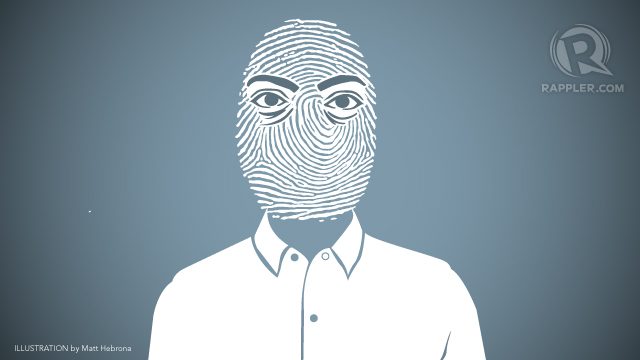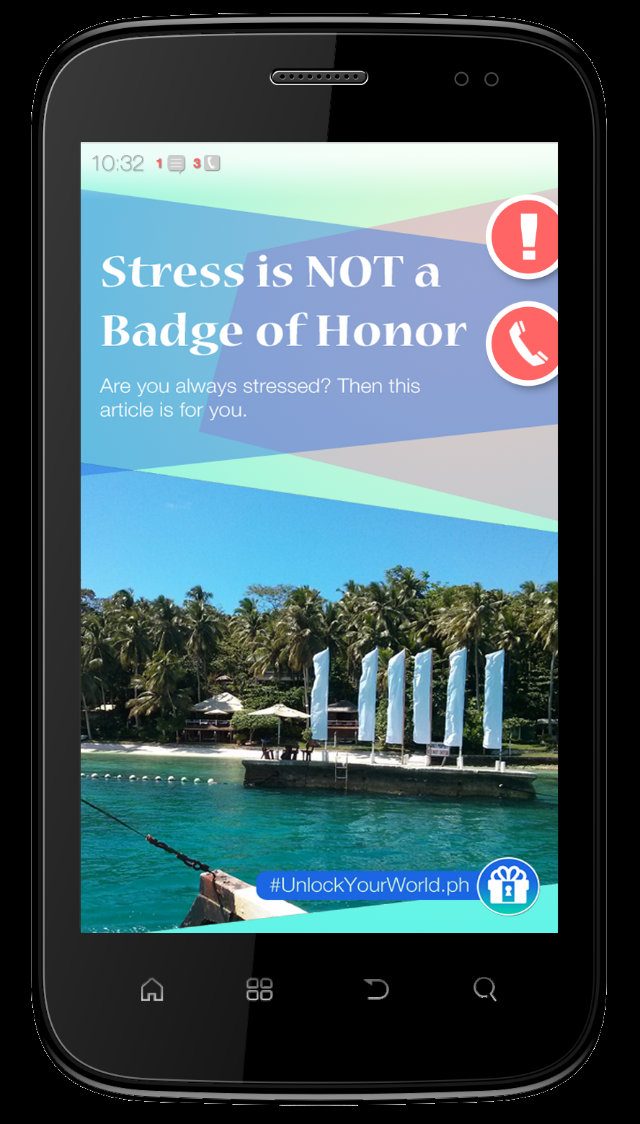SUMMARY
This is AI generated summarization, which may have errors. For context, always refer to the full article.

MANILA, Philippines – Is crime prevention at our fingertips?
The country’s crime volume has fluctuated over the years, with a total increase of over 600% in the past decade, data from the Philippine National Police (PNP) revealed.
| Philippine Crime Volume | |||
| 2002 | 2009 | 2012 | 2013 |
| 85,776 | 502,665 | 217,812 | 631,406 |
(Source: Senate, PNP)
The recent rise in crime reports, however, may also be attributed to the PNP’s new recording methodology in 2013, which derives reports not only from the police but also from barangays and other law-enforcement agencies.
More Filipinos are also starting to report abuse since more are gaining awareness through tireless information campaigns, according to the Philippine Commission on Women.
Some of these crimes happen in public, even in broad daylight. Among women, this could include mugging, sexual harassment, rape, and abduction. All of these can happen in the streets, during a woman’s daily commute.
In 2014, Filipinos were shocked by a CCTV footage showing a naked woman jumping out of a speeding car. The 17-year-old reported being kidnapped on a Saturday morning while on her way to work.
In 2013, Kae Davantes was abducted while driving home one late evening. Her murder exposed loopholes within the country’s public safety situation.
To help prevent more of these cases from happening, a local women’s organization plans to maximize the use of technology in protecting women and girls.
Safety, technology
“There is an ever growing need for safety for women and girls going or coming home from late at night,” said Maita Lu, president of Soroptomist International (SI) Parañaque, a women’s volunteer organization.
SI Parañaque is a local chapter of an international socio-civic organization implementing community projects for women of all ages.
“Our society is operating later and later than we used to. With work like hotels, casinos, malls and call centers which operate until late in the evening, it takes a toll on our working women,” Lu added.
As of 2014, majority of Filipino women were employed as “laborers and unskilled workers,” they usually work long irregular hours, sometimes under poor conditions, yet receive little in return.
They are, in fact, the country’s lowest paid workers.
| Average daily basic pay of PH laborers and unskilled workers | |
| Women | Men |
| P159 | P214 |
(Source: Department of Labor and Employment)
Some of them work night shifts, which means less options for going home. During these dead hours, the commuter’s woes shift from traffic to security. Although, there are jeepneys, buses, taxis, and tricycles available any hour, not all women feel safe during these rides.
This is not to say that women should not be allowed to work at night; in fact, this was one of the labor rights fought for during the earlier stages of the women’s movement. The problem today, however, is ensuring that Filipinos — women and men alike — can feel safe when traveling in their own country, whether the sun is up or not.
Some women may also feel they are missing out on work opportunities or social activities since they avoid staying out too late, fearing and worrying how they can safely return home after.
“The Bantay Babae Women’s Protection Awareness is a program dedicated to arm women and girls with the tools to better protect themselves from crimes,” said Lu.
The program plans to identify and plot different women’s centers nationwide through Google Maps. This will include the PNP Women and Children’s Desk, barangay women’s desks, barangay halls, Department of Social Welfare and Development (DSWD) shelters, local social welfare (SWO) offices, and other places women can go to for help.
“When we use Google maps, we see restaurants and malls. We hardly see police headquarters and women’s help desks or even barangays,” Lu observed. “We need to know where we can seek for assistance.”
In fact, around 75% of all barangays nationwide already have VAW (violence against women) desks, the Department of the Interior and Local Government reported. Not everyone, however, is aware of what or where they are.
VAW desks, in barangays or police stations, respond to gender-based violence cases. Citizens may also go here to inquire about available services for abuse victims, the steps taken to report abuse, among other related matters.
The mapping initiative will also indicate safer routes for commuters. The program may also help local authorities in identifying areas lacking street lights, proper roads, or security personnel.
Volunteer mappers will jumpstart the project, such as those from Google Business Groups Taguig, a community of passionate business and information technology professionals.
The project’s first leg will only cover the National Capital Region, starting with Parañaque and nearby cities. Aside from volunteers, SI Parañaque plans to train barangay, PNP, and SWO personnel in mapping.
Once the program successfully rolls within NCR, the organization hopes that more volunteers and local governments can follow suit.
“We’re currently trying to partner with the PNP and DSWD,” said Lu. At present, the organization is working with local authorities such as barangay health workers and officials in Parañaque.
Mobile app, girls

Aside from mapping, SI Parañaque also developed a mobile safety app for women and girls called “Girl +”.
The app has 3 main features:
- Emergency call: The app allows users to place an automatic call to the 1343 Action Line, the Philippine government’s 24/7 anti-human trafficking hotline.
Although the hotline is primarily focused on trafficking, SI Parañaque said that it may also be used to report emergency situations. Women may also use the app to report if they are being stalked or harassed.
- Panic button: Once hit, the phone will make a loud alarm, hopefully calling the attention of others.
- Information: The app also provides informative content on women’s issues, empowerment, health, and safety.
All features are functional even without load or Internet access. The emergency call and panic buttons also work even if the screen is locked.
The app, however, cannot automatically identify the location of the user. “The user must be able to tell the 1343 hotline the necessary information like her location,” said Ria Lu, CEO of Komikasi, the tech company which developed the app.
“In the future, we want to improve the app and add GPS features. At the moment, the app focuses on women in situations prior to the emergency or after,” she added. “Focus is to prevent further harm from happening.”
The app can be downloaded for free, but is currently available for Android phones only.
Technology, however, can only do so much. These are only tools that can assist authorities in ensuring women’s safety.
If only programs and policies against VAW are properly implemented, advocates say, then tools like these will no longer be neccessary. – Rappler.com
For more information or if you want to volunteer for this mapping initiative, you may contact Soroptomist International Parañaque on Facebook, Tumblr, or at si.paranaque@gmail.com.
To learn more about the Girl+ app, you may e-mail inquiry@girlplus.org.
Got stories to tell? Share your innovative ideas and stories on women, development, and gender with move.ph@rappler.com. Speak up on #GenderIssues!
Add a comment
How does this make you feel?
There are no comments yet. Add your comment to start the conversation.